

November 26 - December 18, 2021
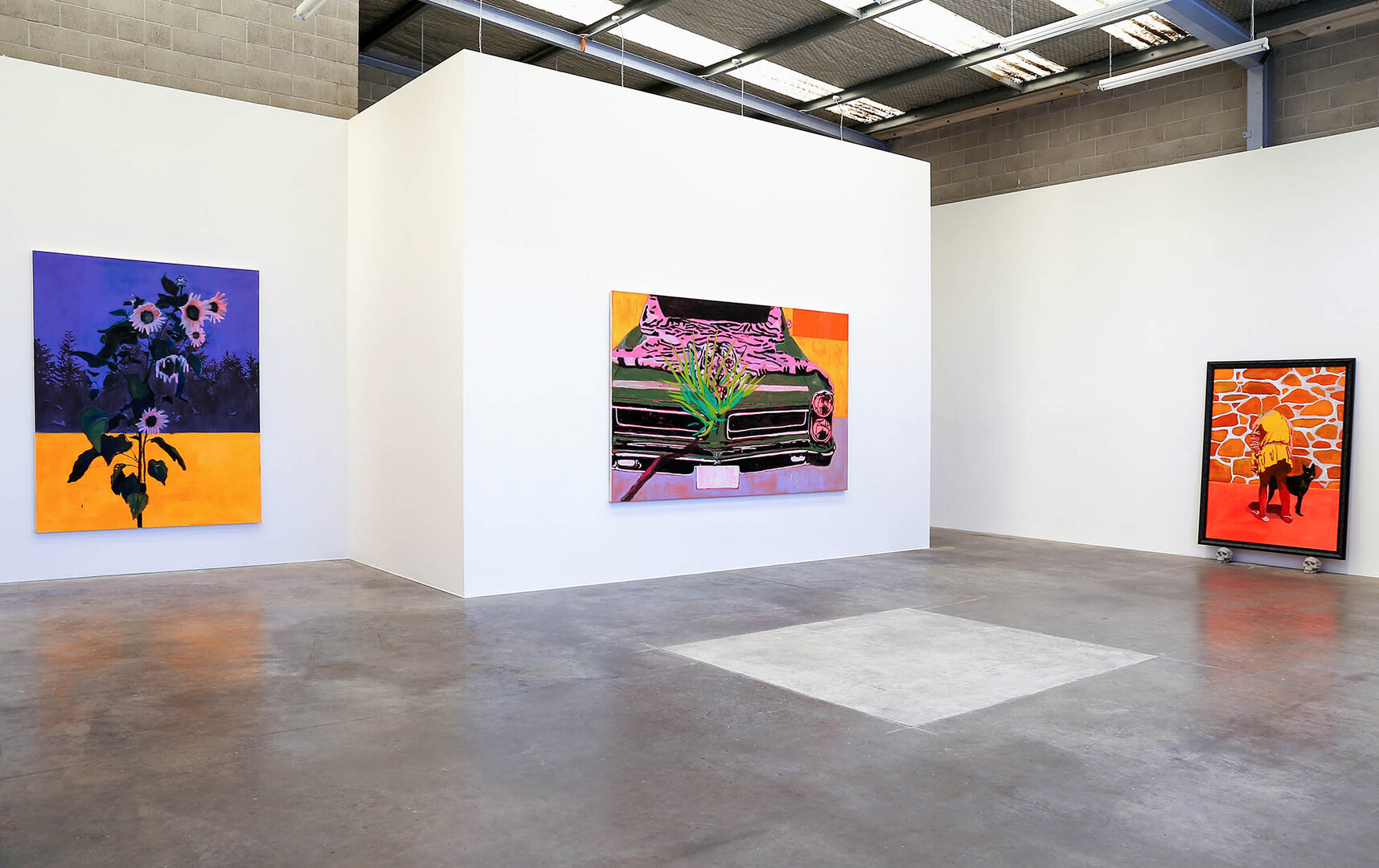
front gallery - installation view
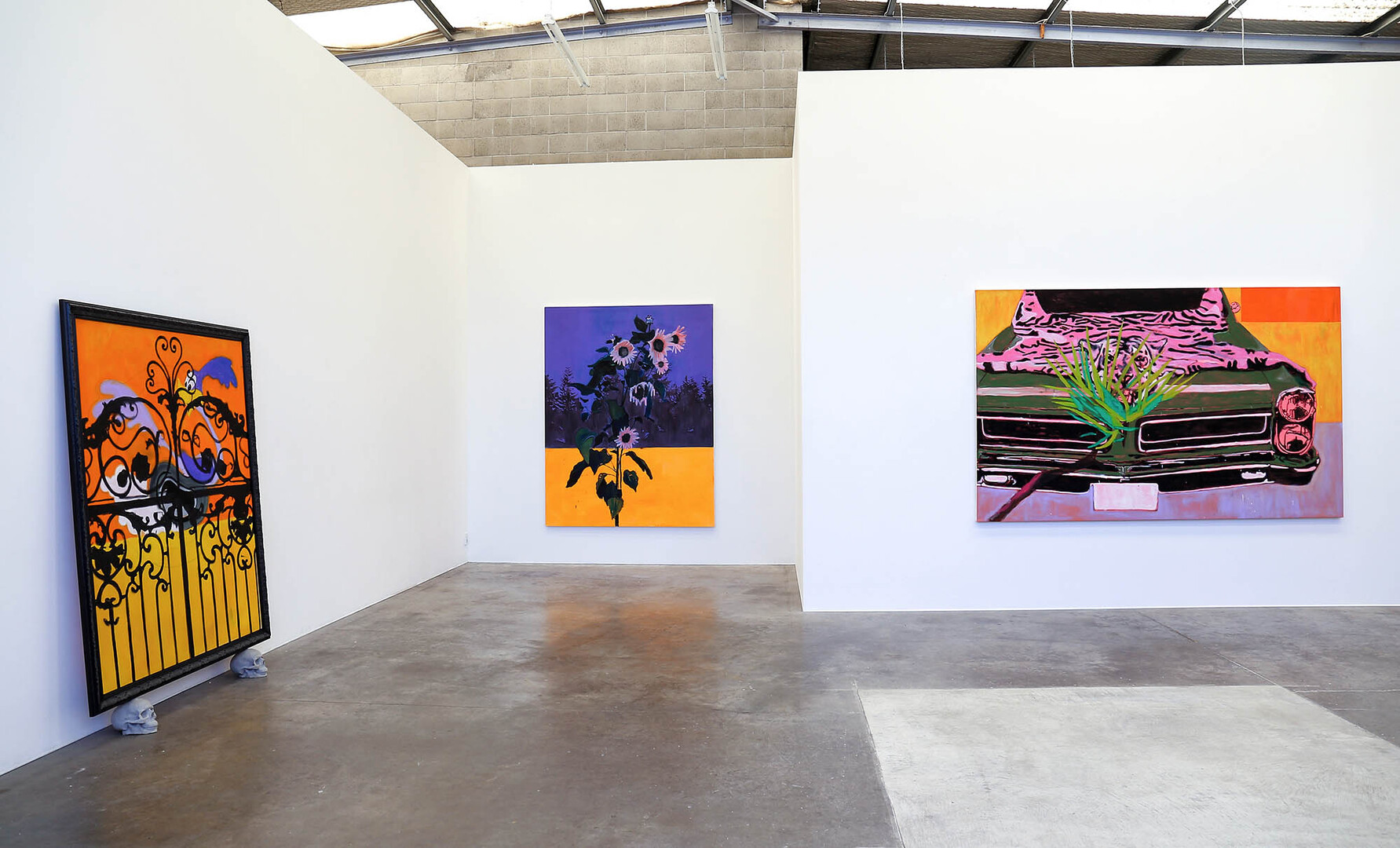
front gallery - installation view
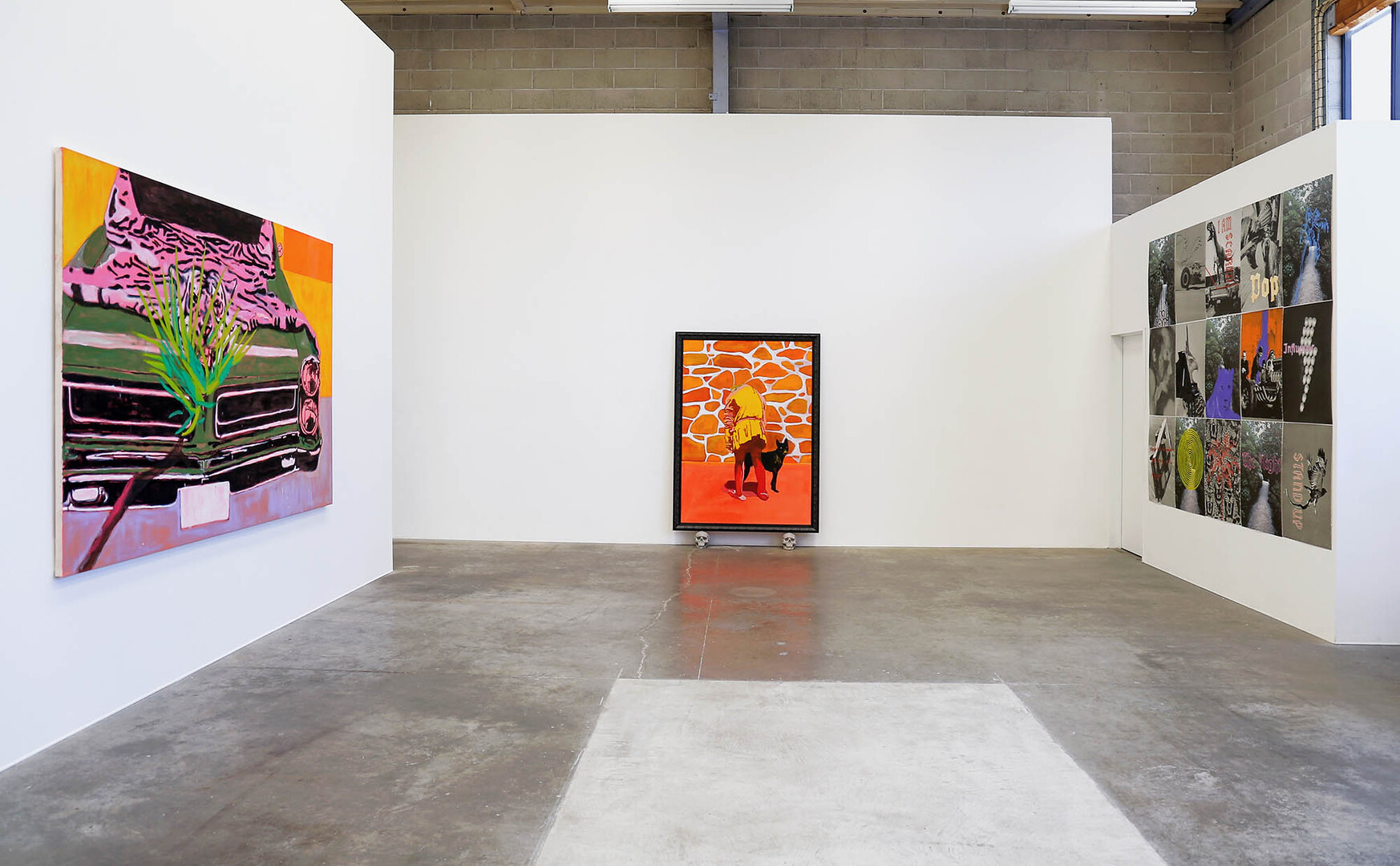
front gallery - installation view
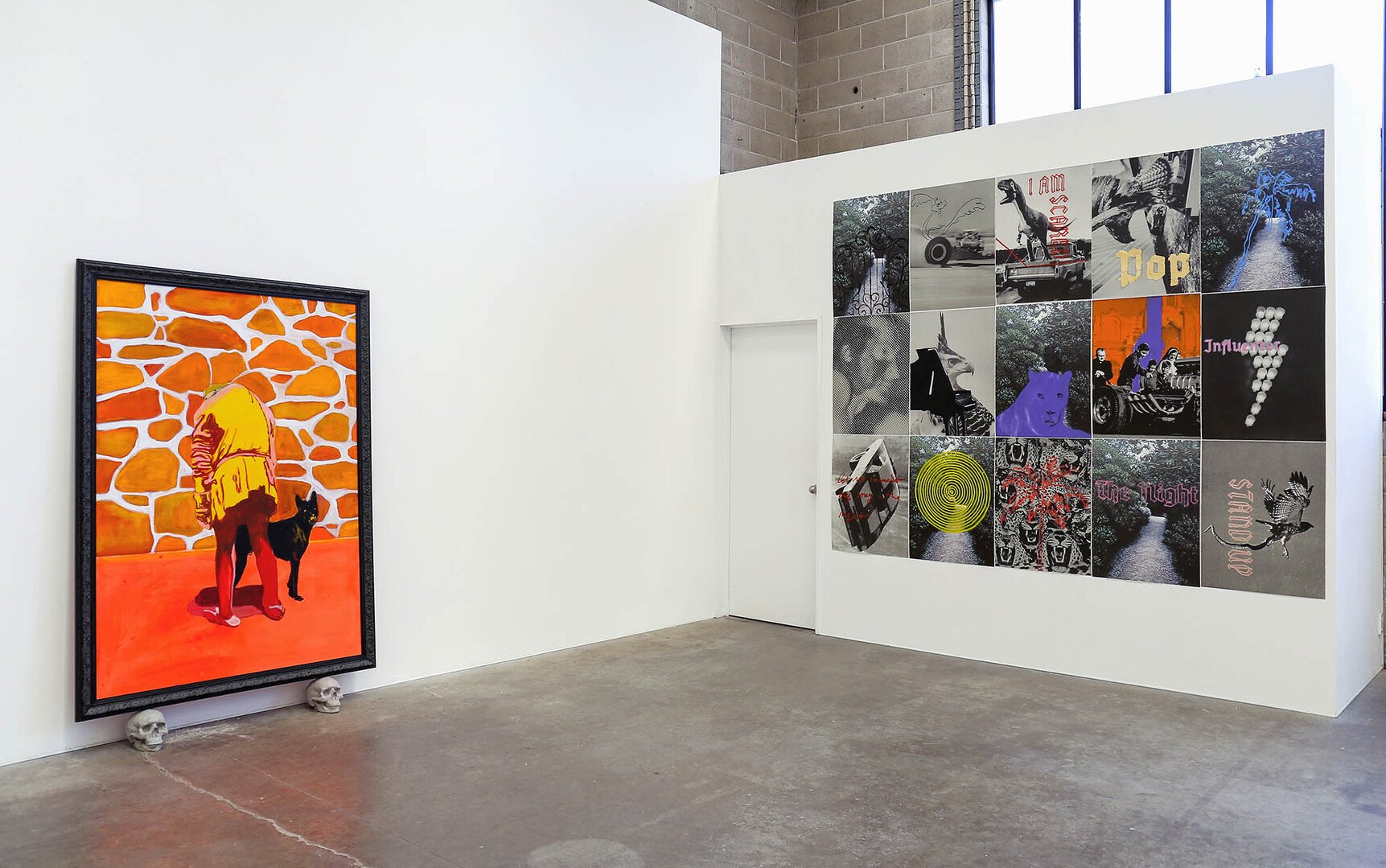
front gallery - installation view
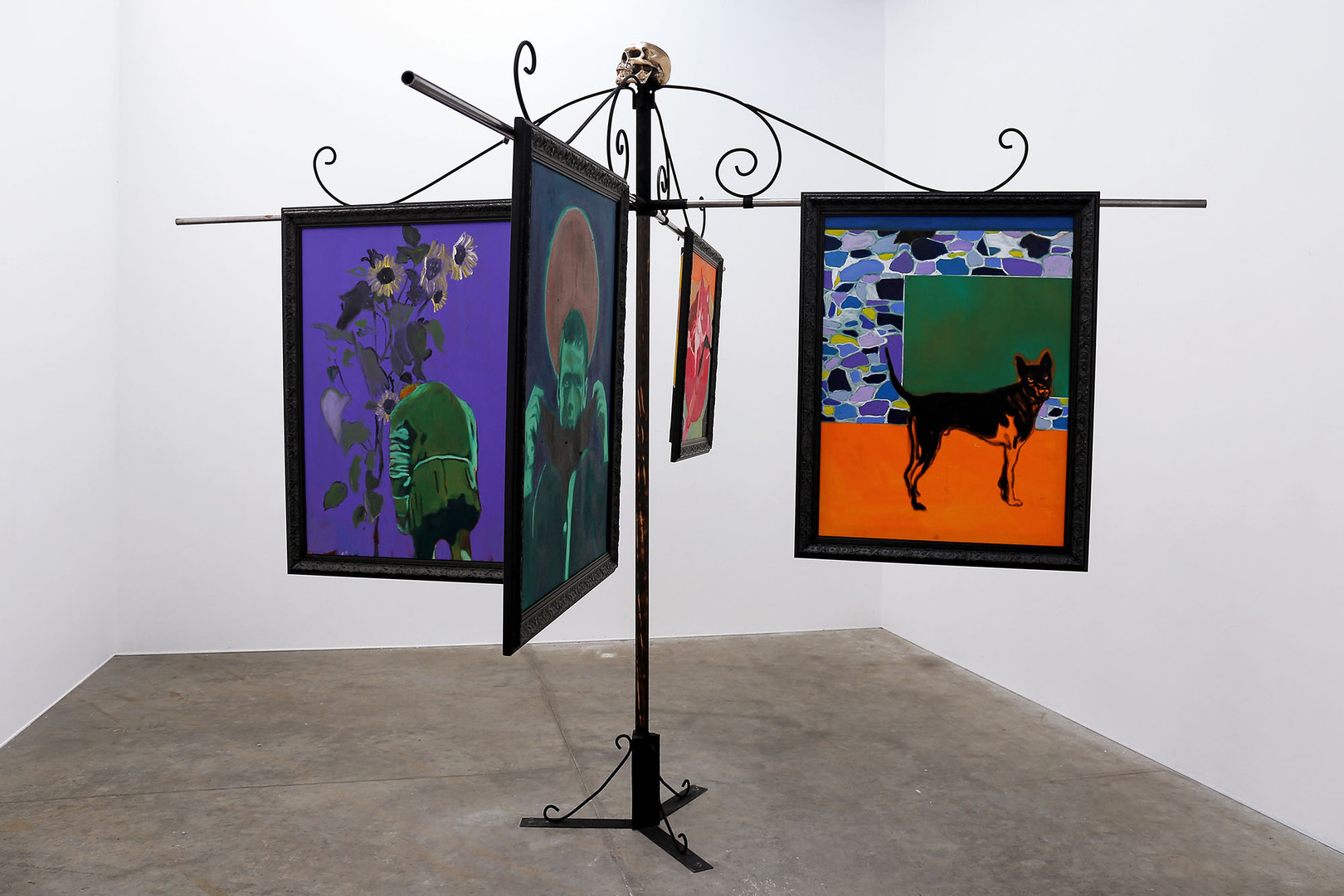
back gallery - installation view
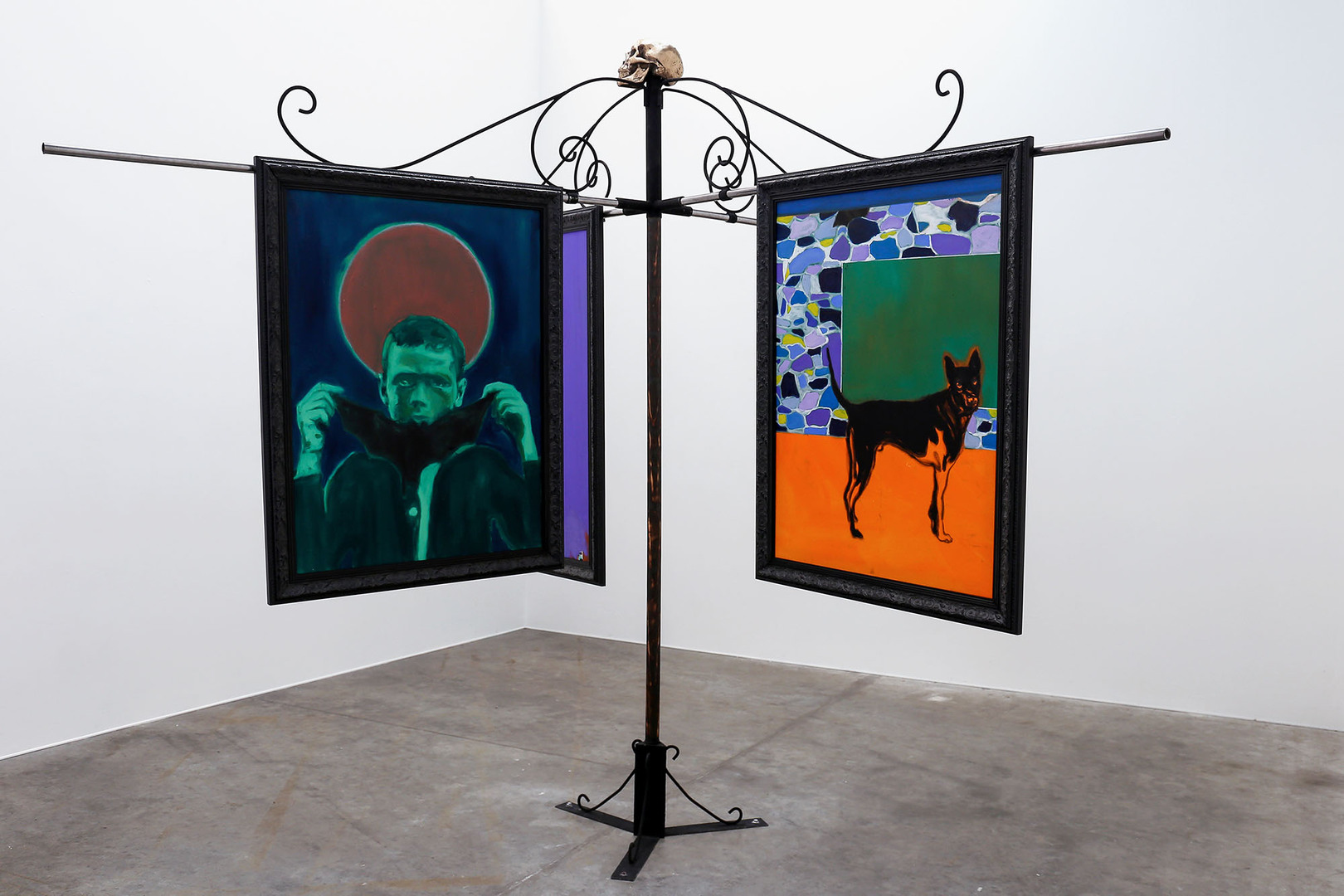
back gallery - installation view
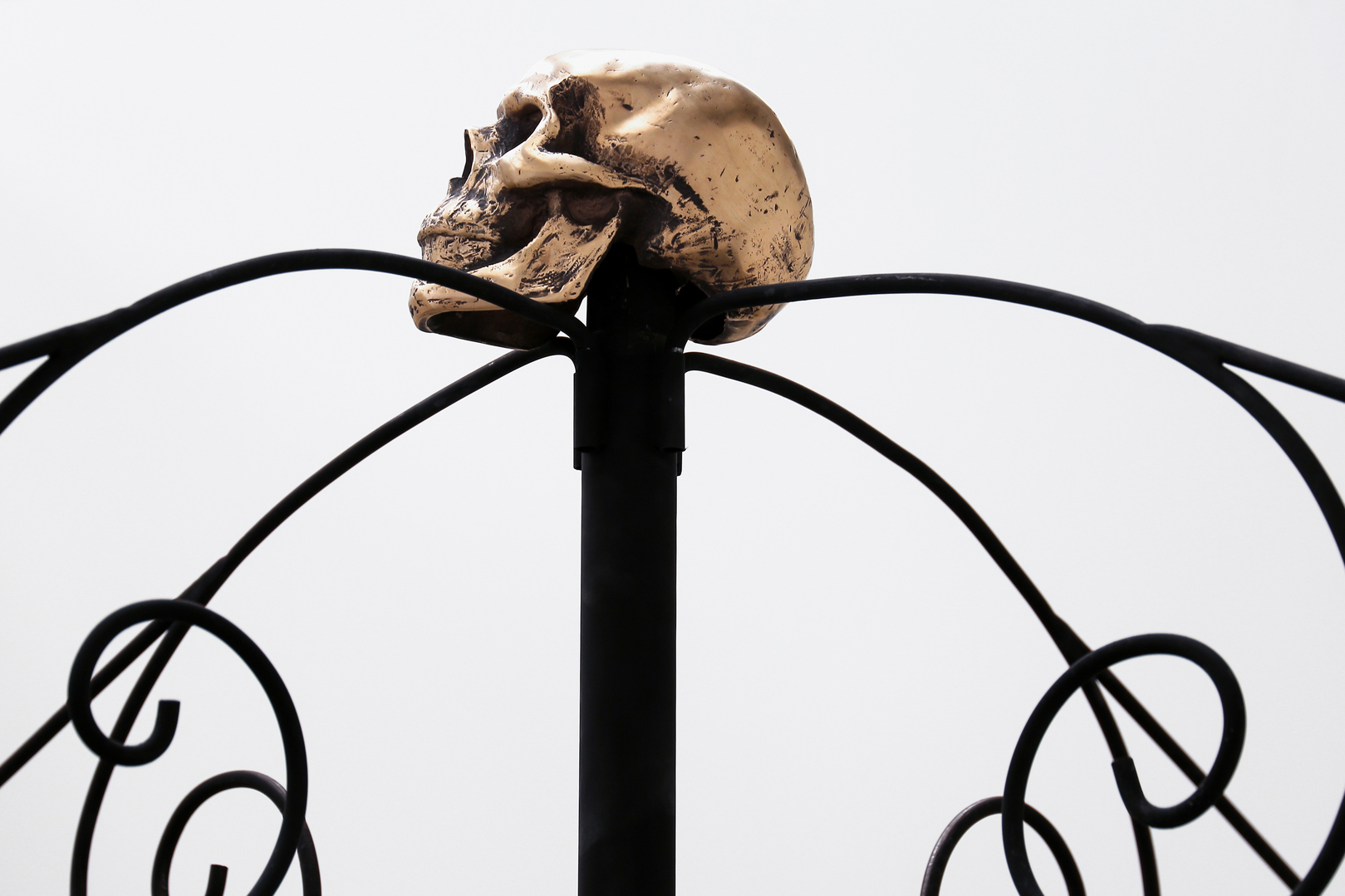
back gallery - installation view (detail)
The following essay on this exhibition is written by Professor Alistair Fox, Dunedin.
"At first sight, Pete Wheeler’s paintings might strike the viewer as disarmingly decorative, with bold colours and imagery that evoke Americana of the 1950s. But closer inspection shows this impression to be deceptive, for Wheeler has, in fact, a more serious purpose that underlies the aesthetic bravura characterising their surface.
A hint as to this deeper purpose is provided by the title of the exhibition. Let me remember my song in the night comes from Psalm 77, which voices the cry of an overwhelmed spirit, communing with his heart, and seeking comfort in the face of doubts that besiege him. Wheeler intimates the presence of these doubts by bringing together a range of disparate cultural references that generate tension through their juxtaposition.
One striking example is a large oil painting showing a 1960s American 'gas guzzler' car upon which is the stretched-out skin of a tiger. What these two elements have in common is that they are both trophies – one a redundant relic from a bygone era, and the other the lifeless remnant of a once magnificent animal. Superimposed in front of them, however, is the branch of a cabbage tree that the artist can see from his window, an image that intensifies an awareness of the contrast between a past that has vanished and the now and here of the present time. The effect is to intensify a sense of nostalgia, while raising questions of identity and location: confronted with icons of three different cultures – American, colonial, and New Zealand – who, and where, are we? The painting invites the viewer to contemplate that issue.
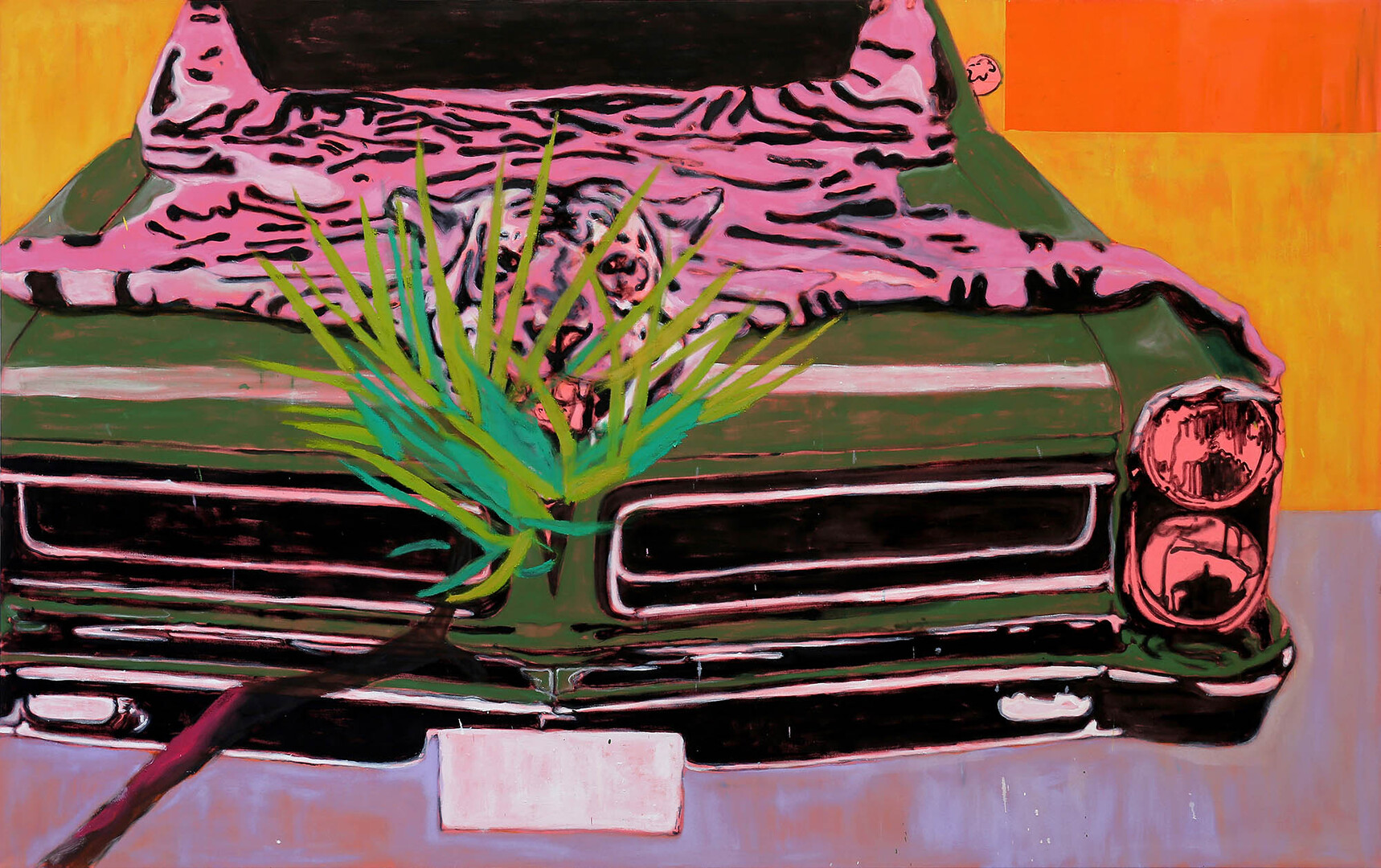
Rhetoric Ghosts Of Old
An equally powerful metaphorical juxtaposition occurs in a painting that shows an ornate Victorian wrought-iron gate superimposed over the Road Runner, a popular character from the Looney Tunes series of animated cartoons created for Warner Bros. in 1948. This image generates a complex dialogue between conflicting and contradictory associations: between high and low culture, and between an aristocratic, aesthetically refined past and a vulgarised, popular present, while indicating, via the symbol of the closed gate, that something vital has been blocked off.
This idea of an obstacle blocking the way forward appears again in the image of a high stone wall. Its significance becomes especially poignant when paired in a painting with another of Wheeler’s recurrent motifs, the figure of Quasimodo, the deformed cripple in Victor Hugo’s The Hunchback of Notre Dame, who is spurned by the townspeople as a monster, and seeks comfort in a doomed love that can never be fulfilled.
Thematically, then, the paintings in this exhibition all revolve around the ancient themes, familiar from Classical and Renaissance culture, of ubi sunt (where are the things that once were) and memento mori (remember death), an idea Wheeler represents most shockingly in The Influencer, which shows a multitude of skulls arrayed in the form of a bolt of lightning. As in times past, meditations on such themes were meant to encourage individuals to be mindful of their spiritual condition, and Wheeler is no exception. In a painting called What Does Your Soul Look Like?, he depicts a youth holding a bat with outspread wings in front of him. Again, the associations aroused by this image are complex: bats have a sinister connotation, being linked in popular culture to danger and (now) disease, but they also have a beneficial function, pollinating certain flowers and protecting fruit by eating fruit flies. Which meaning pertains to the examination of this soul? Possibly both – the answer is left deliberately ambiguous.
While they are resonant with these underlying layers of serious meaning, Wheeler’s paintings never leave the viewer despondent because they are, above all, beautiful in their design, their colour, and their execution. In his deployment of intense, complementary colours applied with bold brushstrokes, the artist hearkens back to the era of German Expressionism, and for the same purpose: to deal with emotions that can’t be expressed, or even thought, in any other way."
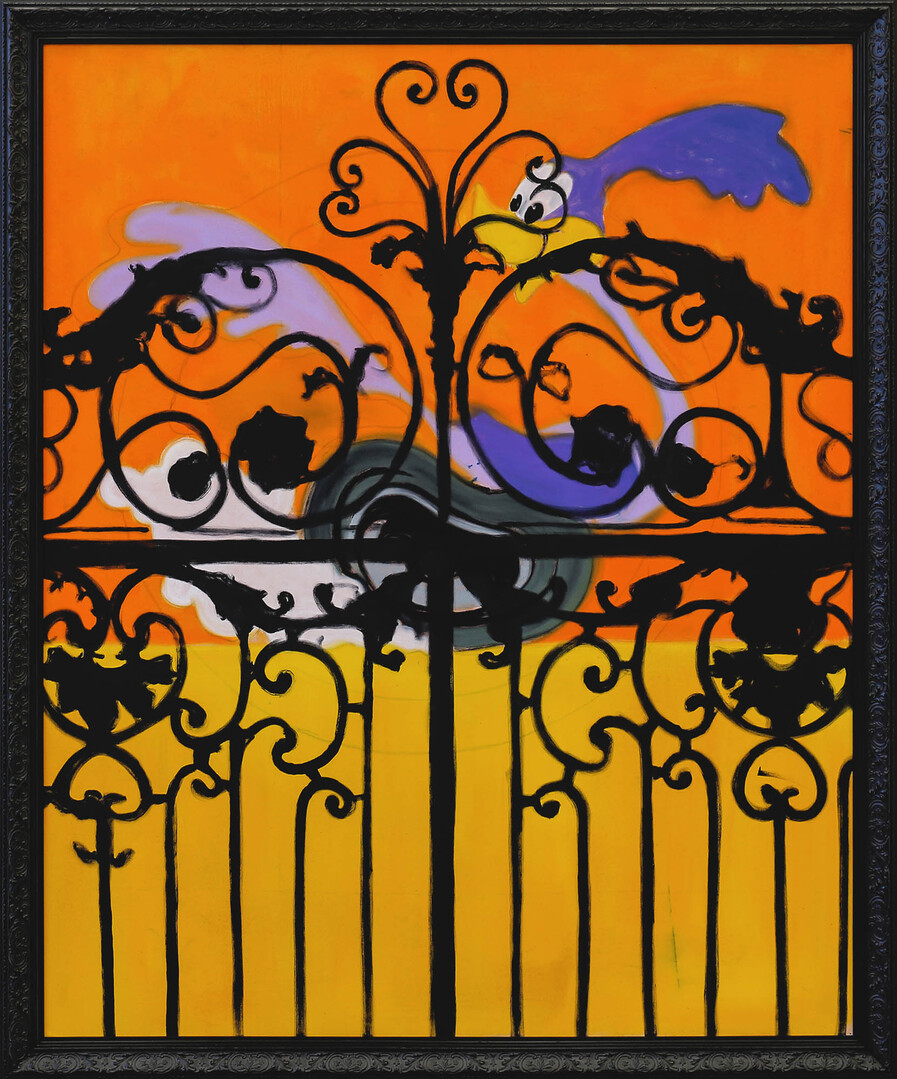
Dunno Yet
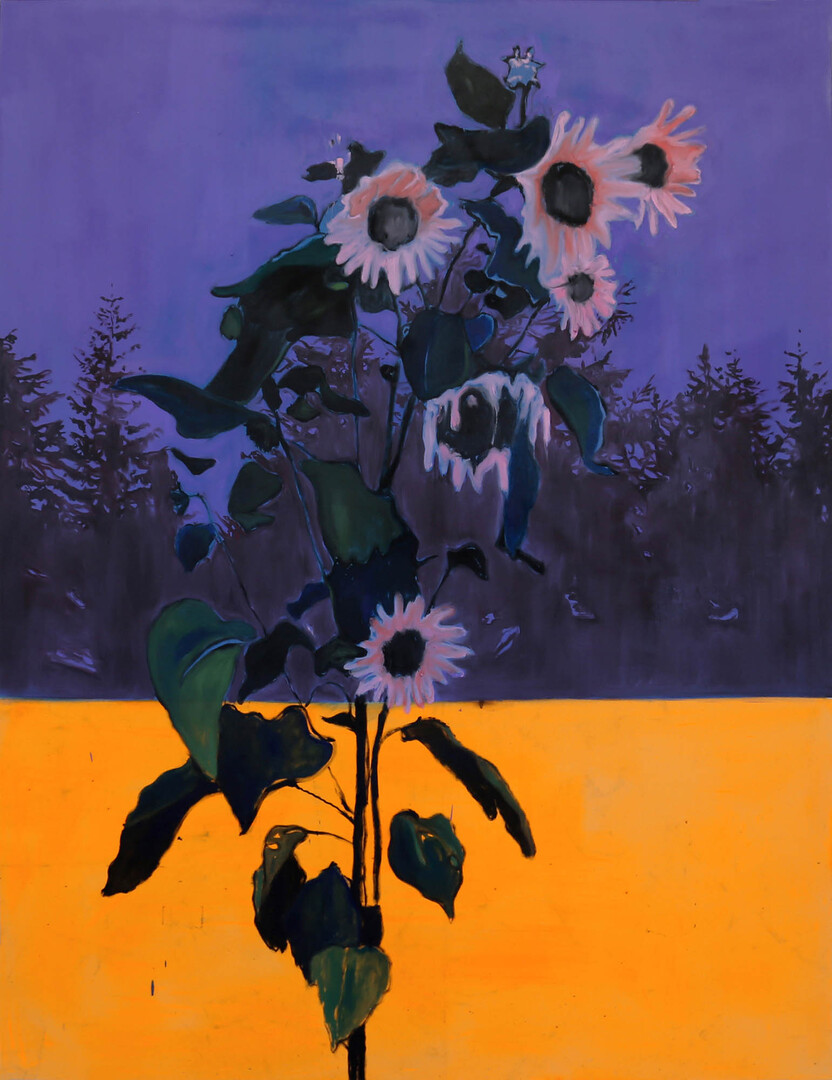
Let Me Remember My Song In The Night
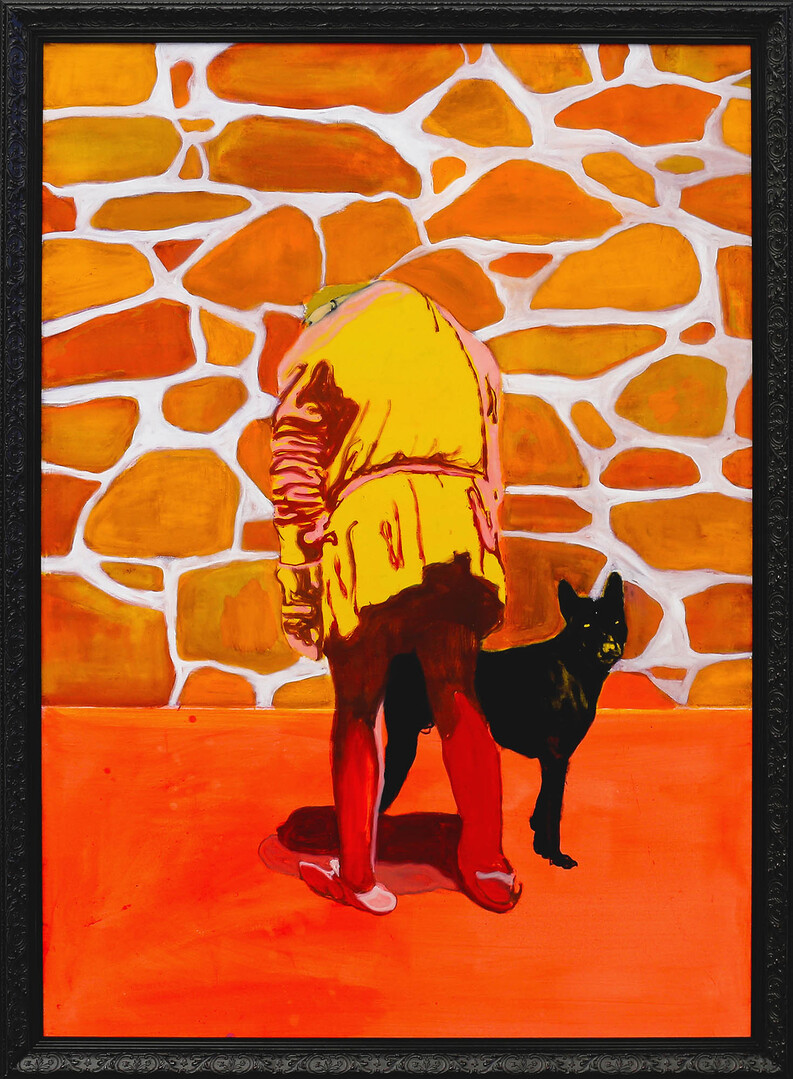
I Won't Crumble If You Fall
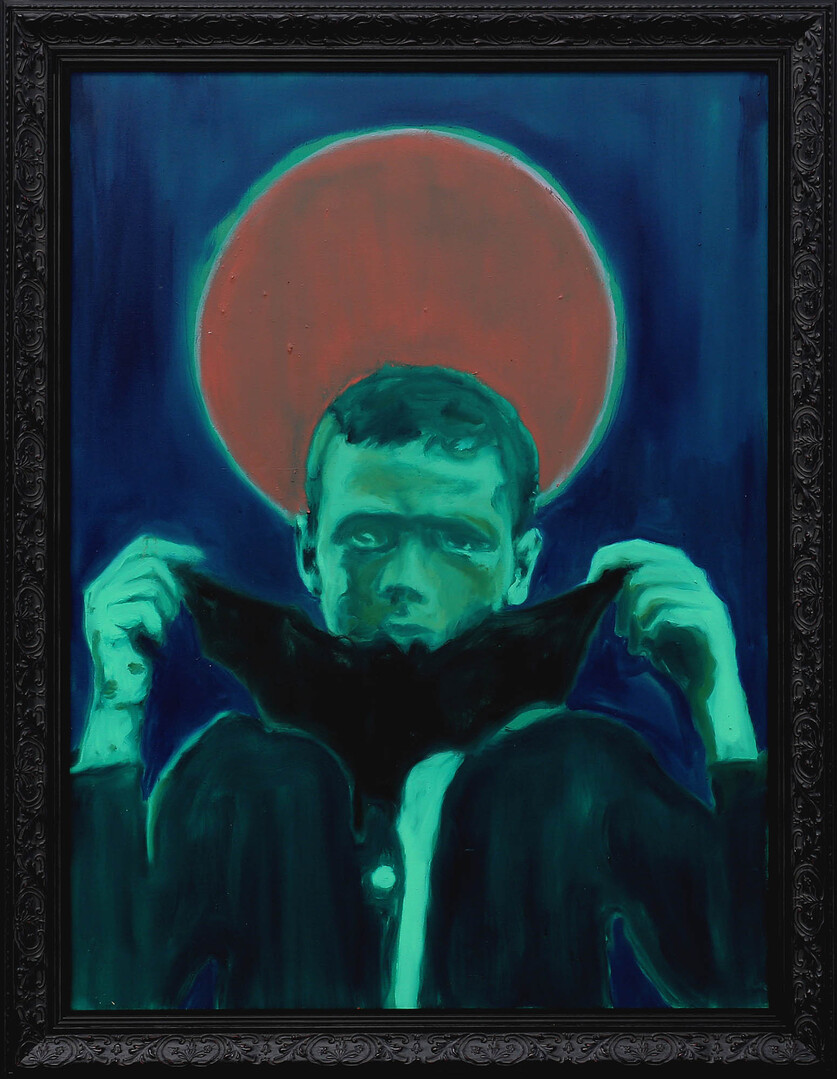
What Does Your Soul Look Like
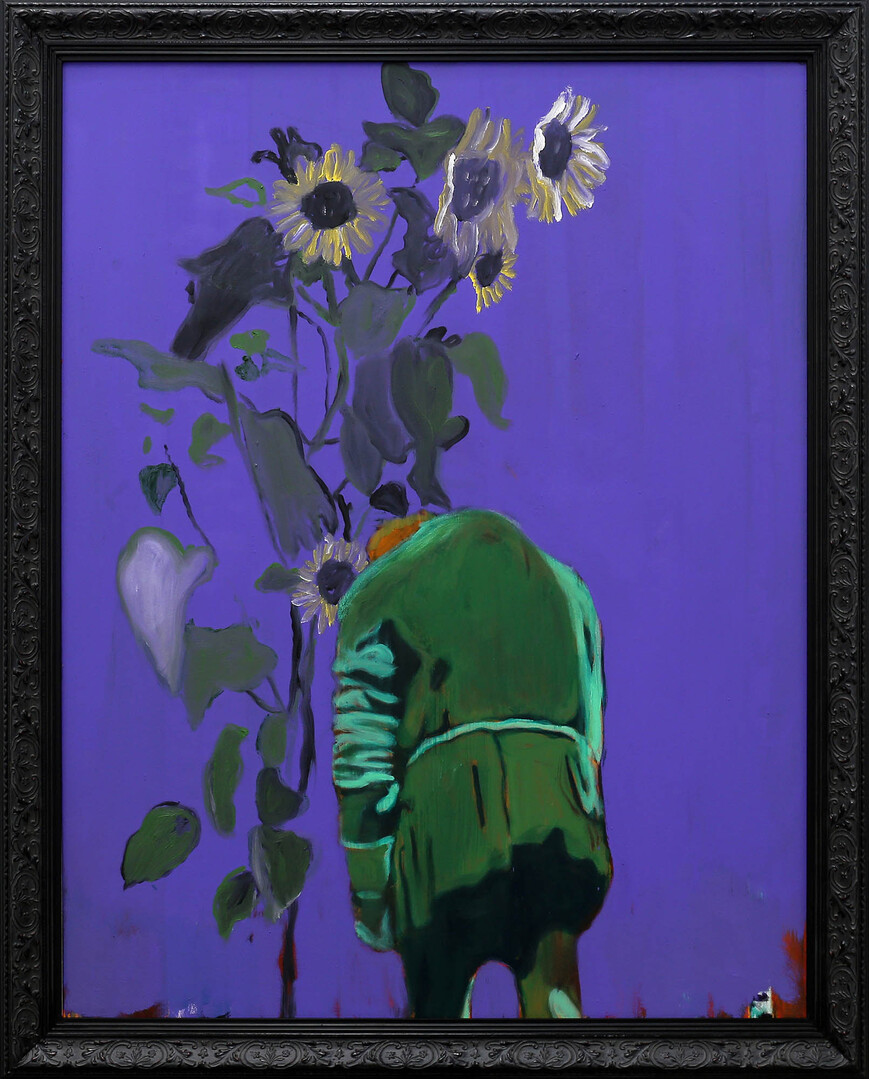
Being Hung Out To Dry
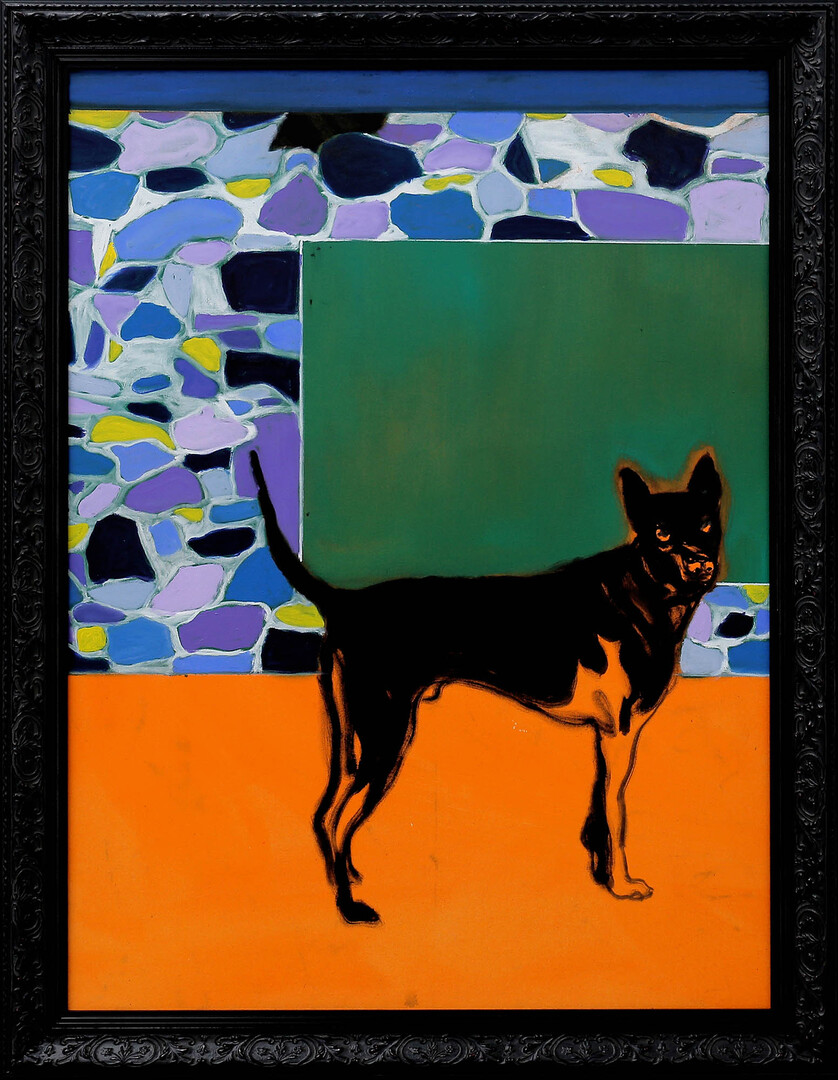
Black Dog
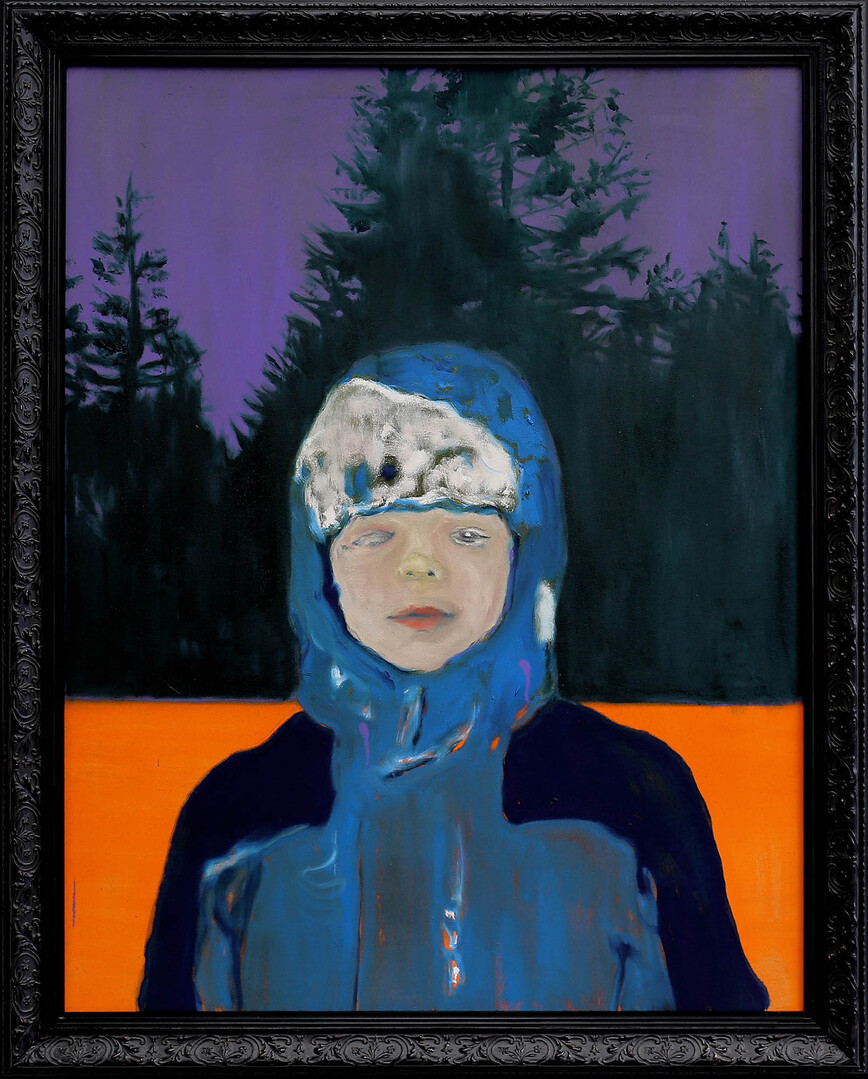
The Good Son
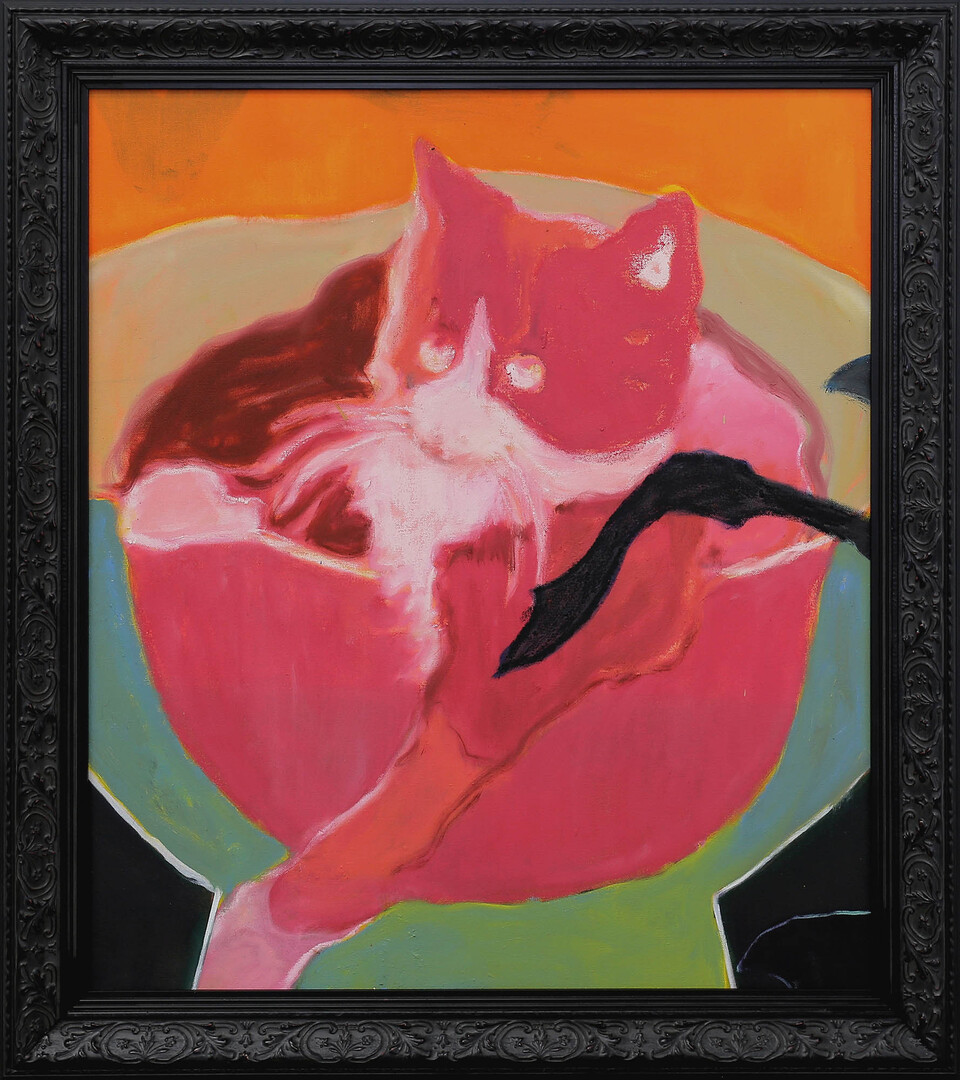
Cat In The Hat
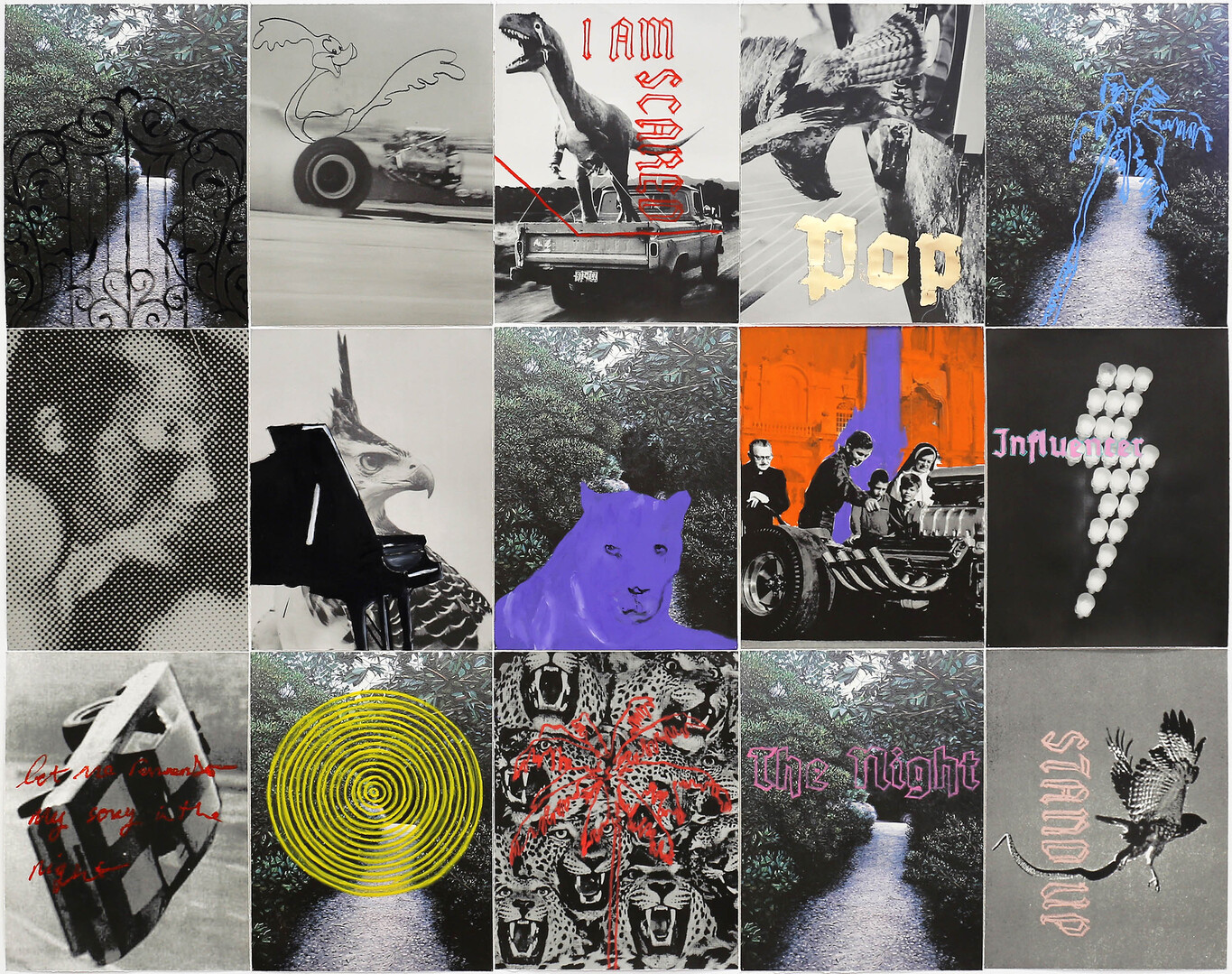
Colab Remix 2.0
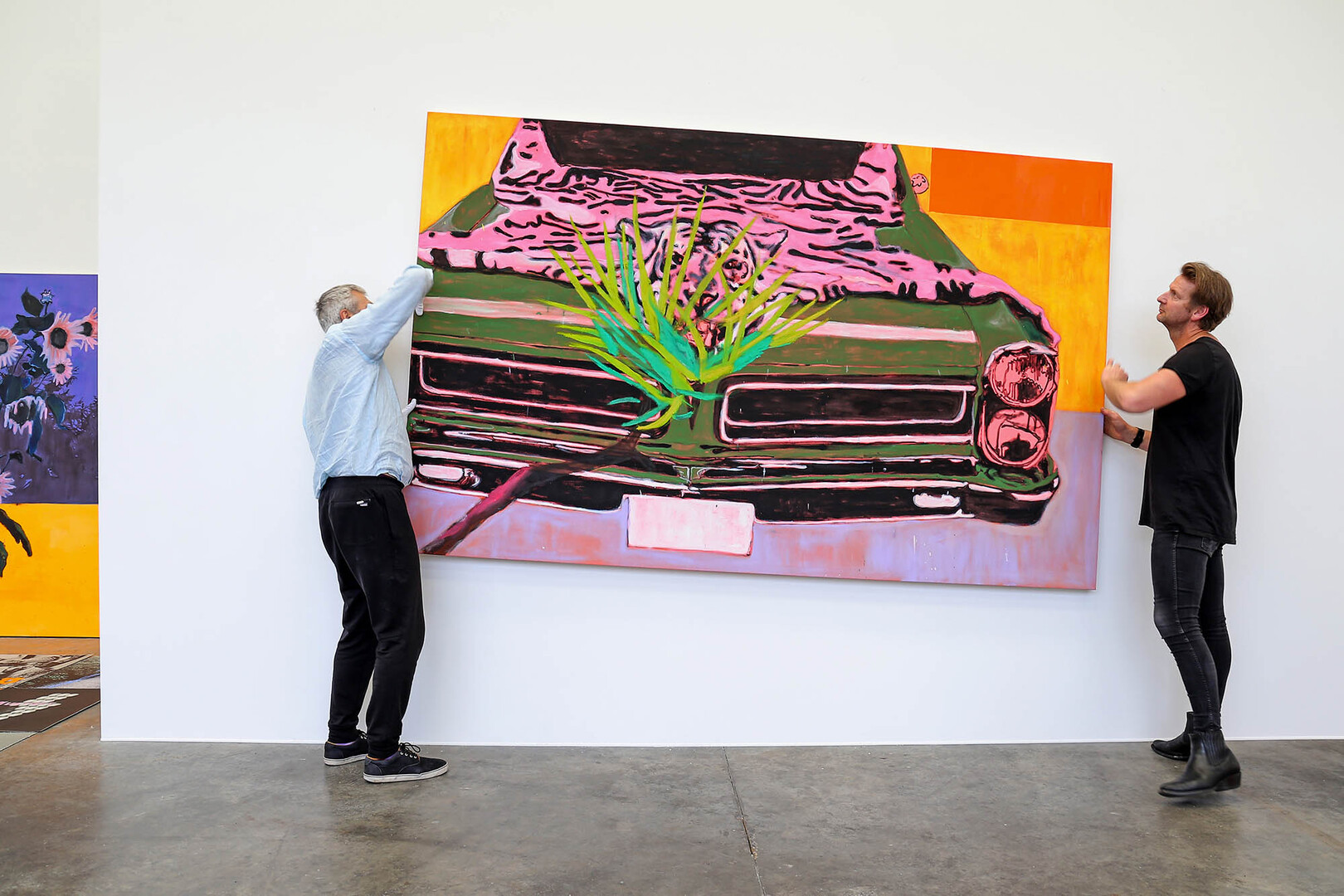 the artist and Jonathan hanging Rhetoric Ghosts Of Old
the artist and Jonathan hanging Rhetoric Ghosts Of Old
2021
oil & pigment on canvas, framed
1830 x 1500mm
Exhibited in
Let Me Remember My Song In The Night
2021
oil & pigment on canvas
2000 x 1700mm
Exhibited in
Let Me Remember My Song In The Night
2021
oil & pigment on canvas, framed
1840 x 1350mm
Exhibited in
Let Me Remember My Song In The Night
2021
oil & pigment on canvas
1700 x 2700mm
Exhibited in
Let Me Remember My Song In The Night
2021
oil & pigment on canvas, framed
1200 x 970mm
Exhibited in
Let Me Remember My Song In The Night
2021
oil & pigment on canvas, framed
1290 x 1040mm
Exhibited in
Let Me Remember My Song In The Night
2021
oil & pigment on canvas, framed
1160 x 900mm
Exhibited in
Let Me Remember My Song In The Night
2021
oil & pigment on canvas, framed
1160 x 900mm
Exhibited in
Let Me Remember My Song In The Night
2021
oil & pigment on canvas, framed
900 x 800mm
Exhibited in
Let Me Remember My Song In The Night
2021
digital print & oil stick on 300gm cotton rag, made in collaboration with Sam Foley
720 x 550mm
Exhibited in
Let Me Remember My Song In The Night
2021
digital print & oil stick on 300gm cotton rag
720 x 550mm
Exhibited in
Let Me Remember My Song In The Night
2021
digital print & oil stick on 300gm cotton rag
720 x 550mm
Exhibited in
Let Me Remember My Song In The Night
2021
digital print & oil stick on 300gm cotton rag
720 x 550mm
Exhibited in
Let Me Remember My Song In The Night
2021
digital print & oil stick on 300gm cotton rag, made in collaboration with Sam Foley
720 x 550mm
Exhibited in
Let Me Remember My Song In The Night
2021
digital print & oil stick on 300gm cotton rag
720 x 550mm
Exhibited in
Let Me Remember My Song In The Night
2021
digital print & oil stick on 300gm cotton rag
720 x 550mm
Exhibited in
Let Me Remember My Song In The Night
2021
digital print & oil stick on 300gm cotton rag, made in collaboration with Sam Foley
720 x 550mm
Exhibited in
Let Me Remember My Song In The Night
2021
digital print & oil stick on 300gm cotton rag
720 x 550mm
Exhibited in
Let Me Remember My Song In The Night
2021
digital print & oil stick on 300gm cotton rag
720 x 550mm
Exhibited in
Let Me Remember My Song In The Night
2021
digital print & oil stick on 300gm cotton rag
720 x 550mm
Exhibited in
Let Me Remember My Song In The Night
2021
digital print & oil stick on 300gm cotton rag, made in collaboration with Sam Foley
720 x 550mm
Exhibited in
Let Me Remember My Song In The Night
2021
digital print & oil stick on 300gm cotton rag
720 x 550mm
Exhibited in
Let Me Remember My Song In The Night
2021
digital print & oil stick on 300gm cotton rag, made in collaboration with Sam Foley
720 x 550mm
Exhibited in
Let Me Remember My Song In The Night
2021
digital print & oil stick on 300gm cotton rag
720 x 550mm
Exhibited in
Let Me Remember My Song In The Night